Polabowla
Brilliant_Rock
- Joined
- Nov 15, 2019
- Messages
- 1,866
My original diamond engagement ring has a very visible flaw in it and is not a very good stone.
Dh told me the stone that was initially bought (via a family member so sadly no paperwork) was a much better stone - clear & very sparkly.
He always had a feeling the jeweler who set it switched the stone but bec of no gia report , there was no proof.
Well onto now, my upgrade is from graff & they sent a gia report a few days later . Their stones are not engraved with the gia report number so honestly, how do I know if the report matches the stone in the ring I bought? I asked graff and they assured me it's the same but how can I be sure?
Any reassurance?
(No honest local jewelers here that i could ask to look at my stone.)
Dh told me the stone that was initially bought (via a family member so sadly no paperwork) was a much better stone - clear & very sparkly.
He always had a feeling the jeweler who set it switched the stone but bec of no gia report , there was no proof.
Well onto now, my upgrade is from graff & they sent a gia report a few days later . Their stones are not engraved with the gia report number so honestly, how do I know if the report matches the stone in the ring I bought? I asked graff and they assured me it's the same but how can I be sure?
Any reassurance?
(No honest local jewelers here that i could ask to look at my stone.)


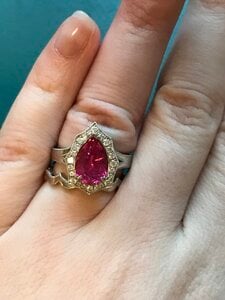
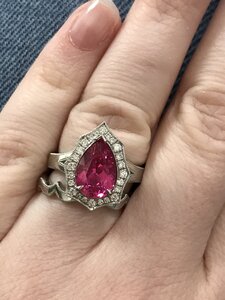
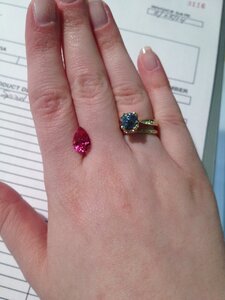
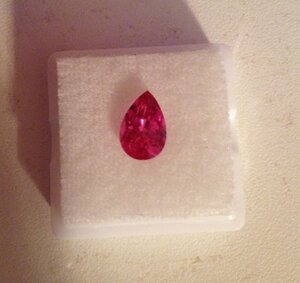
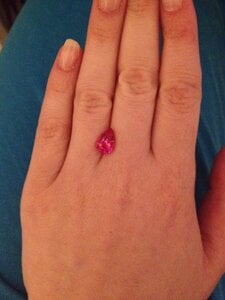
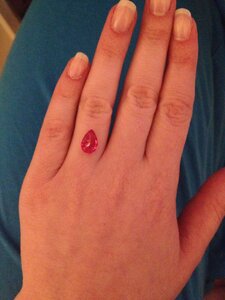
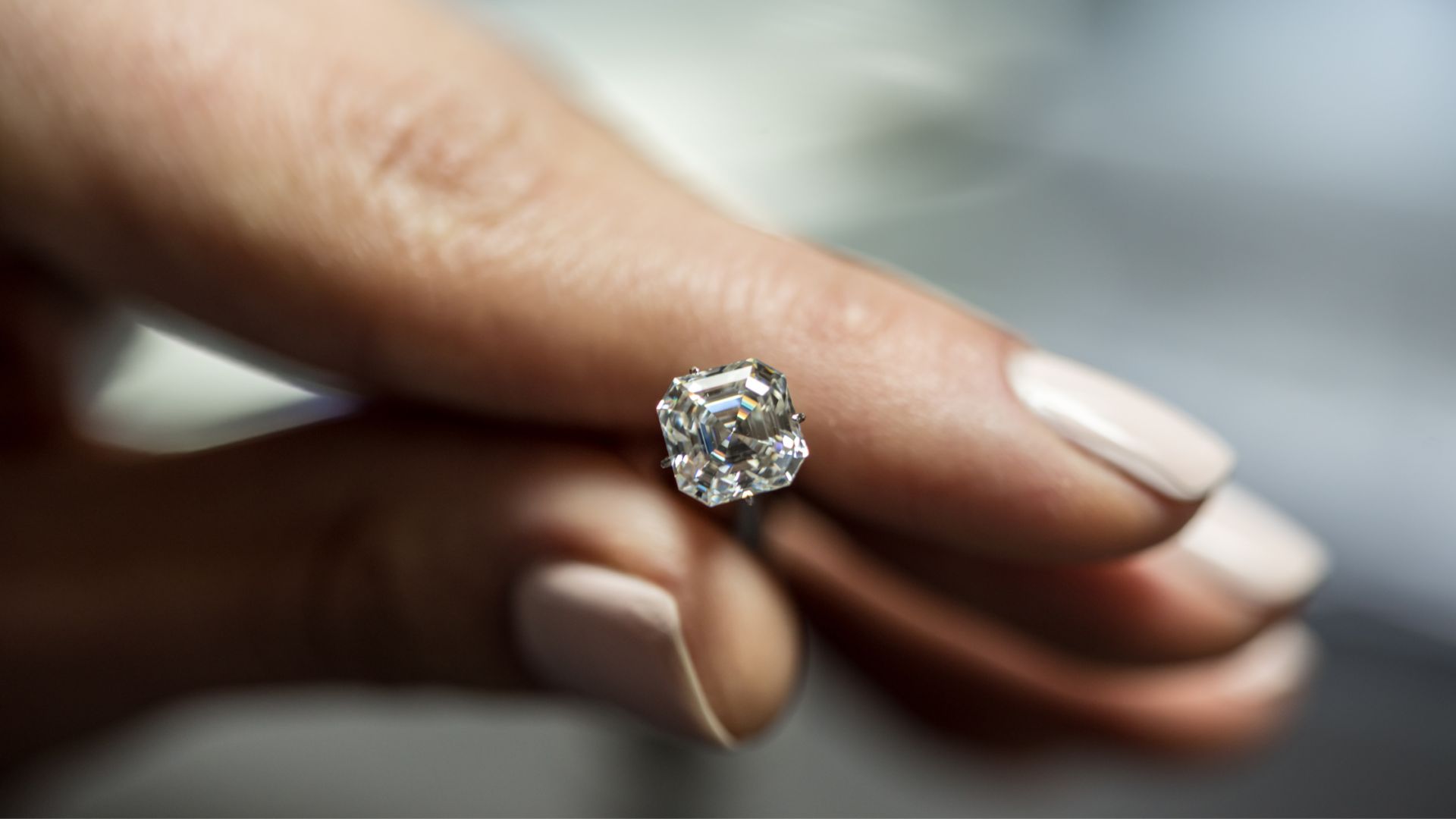

300x240.png)